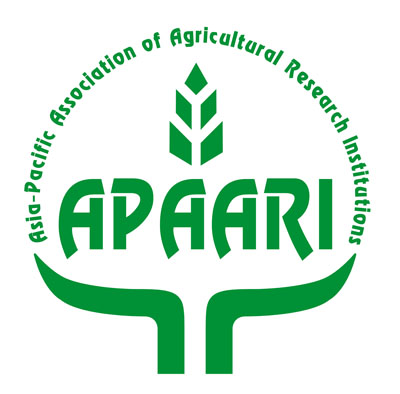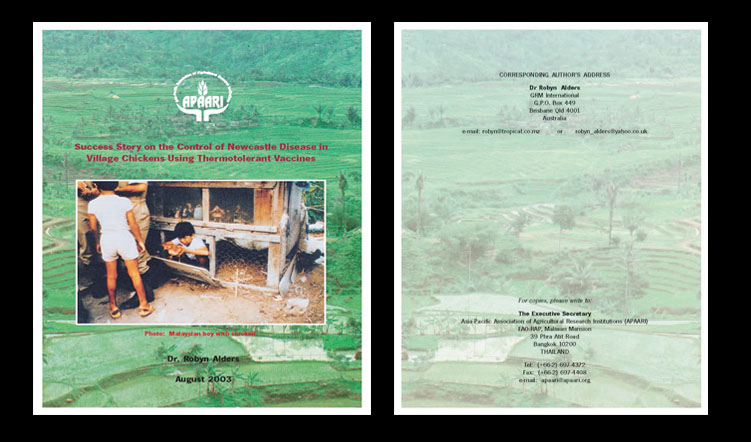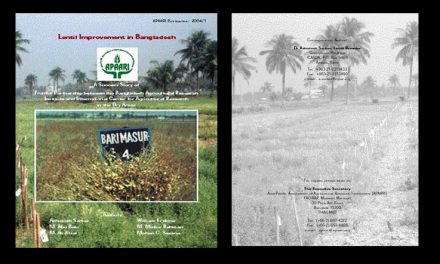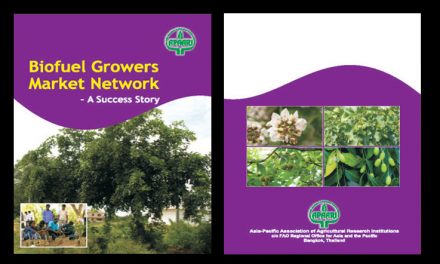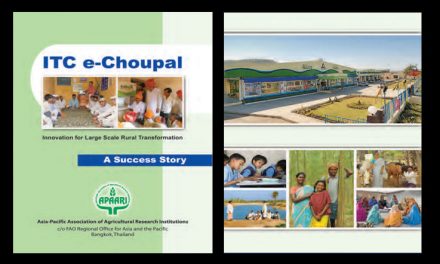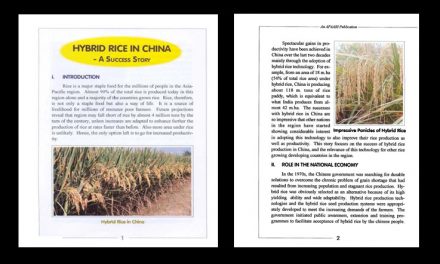Almost one third of the world’s population consists of Asian farming households. Across the continent, hundreds of millions of families make at least part of their living from small-scale agriculture. Among developing countries in the region, the proportion of the population engaged in agriculture lies between 42% in Indonesia and 96% in Nepal. Most of these farming families are small holders.
Small farmers are the bedrock of Asian economic development. Because of the importance of small farmers as producers of each nation’s food and industrial raw materials, as consumers of goods and services and as citizens, success in economic development largely hinges on the viability of smallholder agriculture and the vibrancy of social, economic and cultural life in rural areas.
Small farmers generally practise mixed farming and most raise small stock. By producing and raising a diversity of products and animals, farmers spread their risks, decreasing the impact of lowered production in one of their endeavours. The majority of householders in Asia live in rural environments and raise poultry, usually chickens that are relatively cheap to buy and require very few inputs. Asia is home to 46% of the world’s chickens and 85% of the world’s ducks. For example, in Myanmar there are 35 million village chickens (86% of the total chicken population) that are kept throughout the country with flock sizes varying from 1 to 15 chickens. There are approximately 120 million chickens in Viet Nam and most of the national flock (75%) is kept at home: as village or backyard chickens. About 95% of the total chicken population in Viet Nam consists of local chicken breeds. In Bhutan, village chickens are kept throughout the country and constitute approximately 86% of the national poultry flock.
Improving the production of village chickens leads directly to improved food security for the households raising the chickens and indirectly to improved food security in the surrounding community as poultry products become more readily available. It is generally acknowledged that poultry production is the most efficient and cost-effective way to increase the availability of high-protein food.
